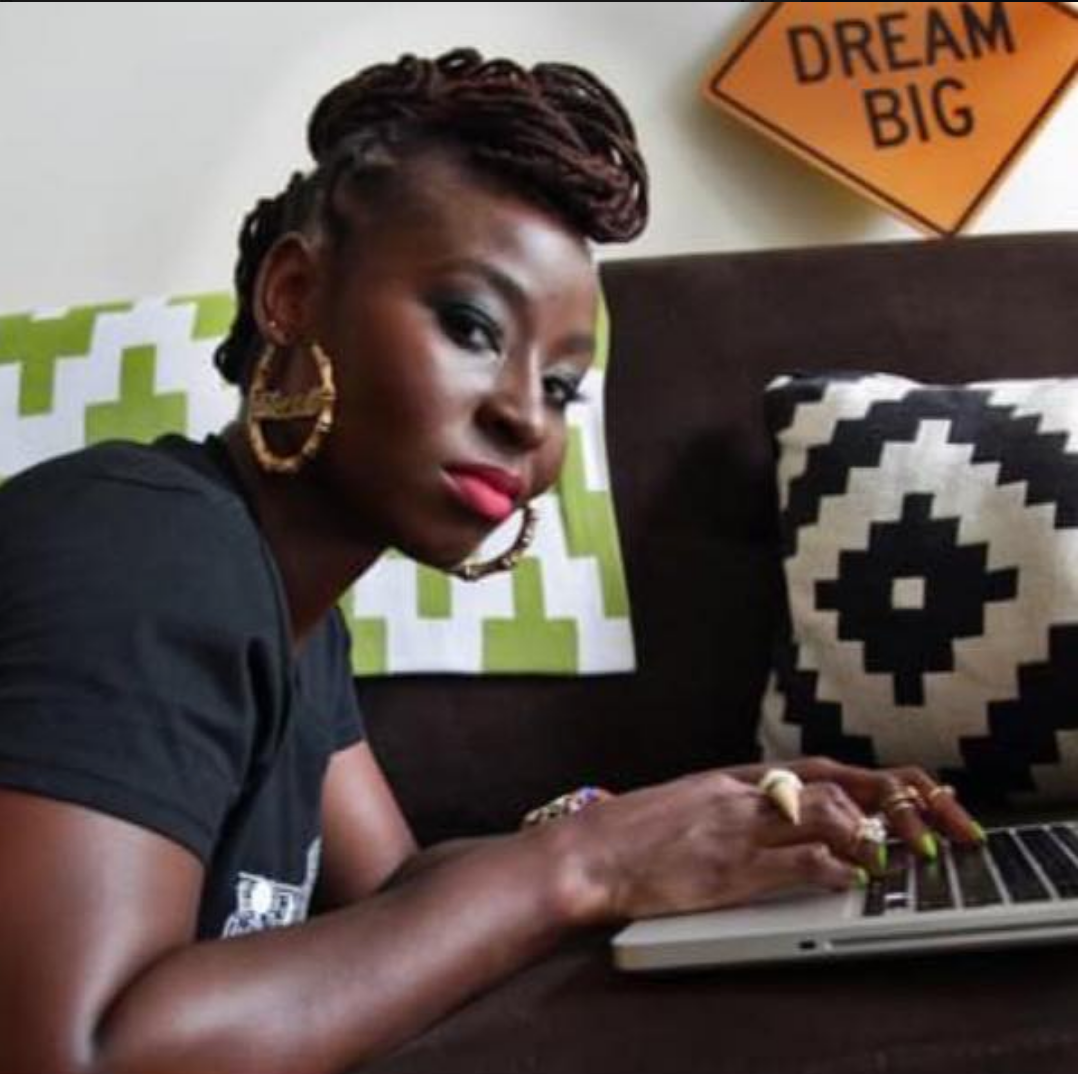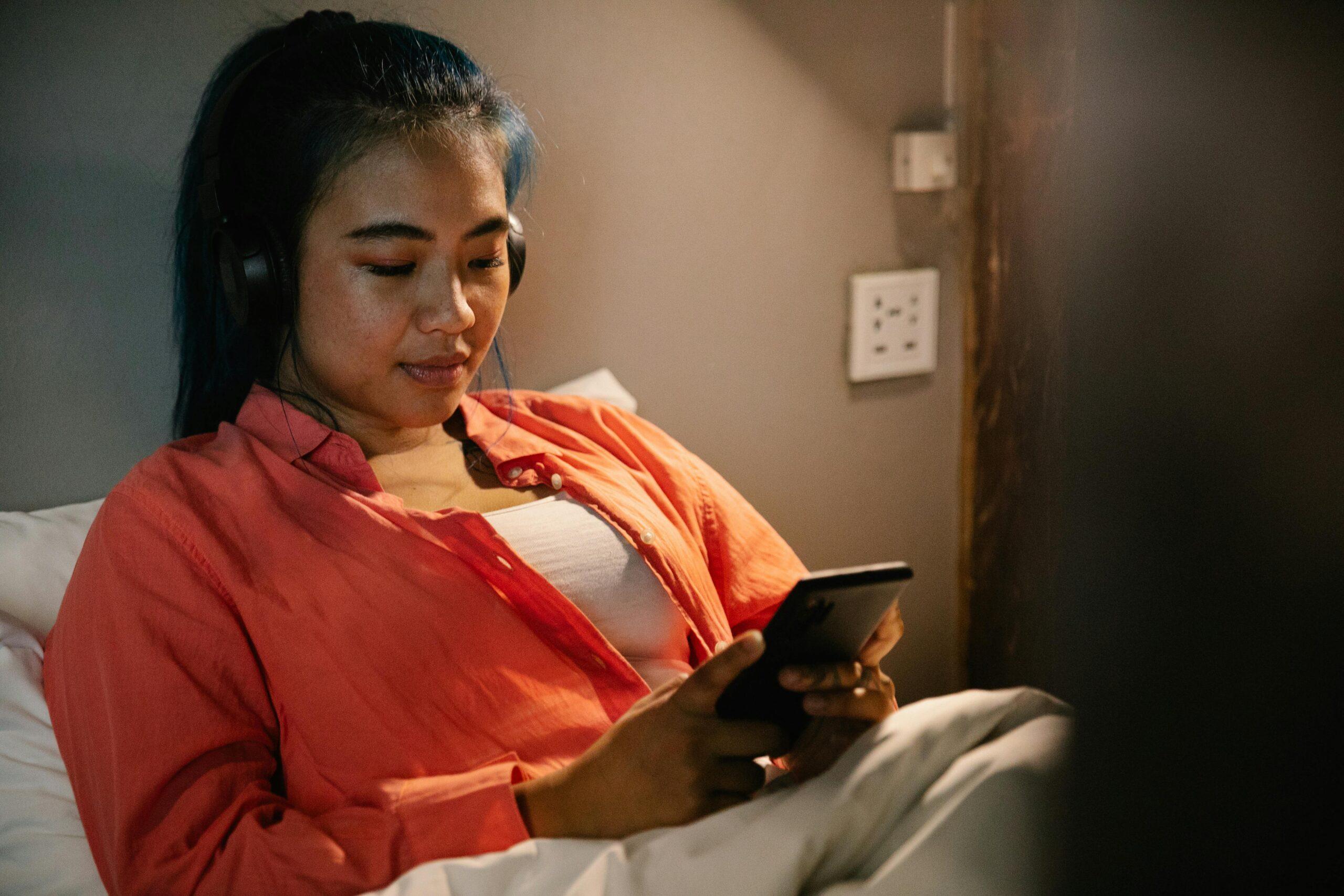How Three Chronically Ill Career Women Balance Work With Health

Living with a chronic illness can be challenging, especially for people who don’t “look” sick. Navigating the daily grind of life, which includes balancing relationships with friends, family, significant others, and co-workers, is something that many chronically ill women contend with every day.
It can sometimes feel frustrating and lonely, but with firm boundaries, support, and determination, a healthy work-life balance is achievable, but it may look different, and that’s okay.
Her Agenda caught up with three millennial women who are familiar with what it’s like to live with chronic illness, and they want you to know that you’re not alone.

Shanelle Gabriel: Artist, Education Consultant, Lupus Advocate
Shanelle is a multihyphenate artist and educator who uses her platform to raise awareness about lupus, an autoimmune disease in which the immune system attacks its own tissues, and can cause a variety of sometimes debilitating symptoms that can affect various organs, including the skin, blood cells, and joints.
Shanelle’s road to diagnosis began during her sophomore year of college in the early aughts when she started noticing symptoms that she ignored and made excuses for. She said she would brush off the constant fatigue as just needing more sleep, or the joint pain as the result of being in a dance troupe, but eventually, things got worse. She got the official diagnosis in 2004 after patches of hair began falling out.
“I had all these different lupus symptoms that I learned, later on, were symptoms of Lupus, but I excused them all until I lost my hair, and that’s what sent me to the doctor,” Shanelle told Her Agenda. “I wrote a poem about my diagnosis called ‘Vanity.’ Imagine I’m having all of this pain and all of these complications, and I’m like, ‘I can work around it,’ but the thing that made me go to the doctor was me losing my hair.”
In the years since her diagnosis, Shanelle has figured out how to navigate social situations, from work to friendship, and how to keep from overextending herself so as not to tax her body. At times, she even had to pivot her career so that she could have insurance for necessary treatments and/or flexible hours to take proper care of herself.
Her advice to anyone who may be dealing with chronic illness is to be realistic about what you can get done.
“It’s very important to know your body and to listen to your body when it speaks, and sometimes know when to negotiate or pivot when things need to get done,” she said. “So if there’s something that I need to accomplish and I can’t do it right now because I’m not feeling well, what does that look like? Maybe I can’t get my whole to-do list on, but maybe there’s this one thing I can get done, and just listen to your body. Listen to when it stops because at the end of the day if you’re not well, nothing’s going to get done.”
Danielle Wright: Director Of Strategic Communication For The HBCU Athletic Conference
Danielle has been on a decades-long journey with multiple chronic conditions that started when she was in elementary school. She began getting her menstrual cycle by the time she was 9. Her cycles were always extremely painful, causing vomiting and eventually, abnormally heavy bleeding that would soak through several overnight pads, and sometimes pants, too, per day.
By the time she was in college, she was put on birth control, which didn’t do much to address the root causes of her issues, and then in grad school, her symptoms had gotten worse with sharp stabbing pains that would wake her out of her sleep, and swelling in her feet and hands. Eventually, she got diagnosed with endometriosis that had attached downward to her rectum and then outward, all over her pelvic area.
Danielle’s journey with endometriosis got more complicated over the years. By 2008, she had undergone several procedures to remove endometrial tissue, a diagnosis of Type 2 diabetesthat developed because she was susceptible due to genetics, and also because she couldn’t eat much throughout her ordeal, and mainly subsisted on a diet of pasta and sugary energy drinks. There were a lot of emergency room visits, the discovery of pre-cancer cells that needed to be removed, passing blood clots the size of her hands, and medical gaslighting, but eventually a diagnosis of adenomyosis, which is a condition that caused a mass in her uterus, was added to the list of maladies that required treatment.
Danielle’s quality of life was frustrating, but she still went to work when she could, and in her words, she “Grinned and bore it.” However, the Family and Medical Leave Act (FMLA) came in handy when she did need to take leave, and her co-workers were understanding.
Ultimately, Danielle got a hysterectomy, which has helped tremendously and led her to write her memoir titled Power In My Pain: The Keys To Convert The Pain Of Infertility And Chronic Illness Into Personal Power, about her journey, grief, and healing.
Danielle’s advice is to fight for yourself.
“You are your strongest advocate, and at some point, people have to listen to you,” she said. “And when they’re not listening, you can always write letters, you can take it to community news, you could do whatever you need to do to call out any form of discrimination. You have to fight you, or find someone in your support system that can fight with you so that you’re not fighting alone.”

Shaunté Robinson Penniston: Educator And Writer
Before 2013, Shaunté was the pinnacle of good health. She was active, athletic, in shape, and consistent with her doctor appointments. However, after losing a job due to a toxic work situation for which she sued, she also lost her insurance.
During that time, she discovered a growth near the top of her bikini area. Over the next couple of years, she was battling her old job in court, but noticed hormonal fluctuations that caused weight gain, larger breasts, constant fainting, loss of appetite, constant fatigue, hair loss, and unusually brittle nails that stopped growing.
Shaunté went into debt due to constant urgent care visits, which only resulted in painkillers, but eventually landed another job and subsequently insurance. Her first diagnosis, in 2015, was a fibroid tumor that was about 10 cm, which was about the size of a baby’s head. That doctor offered medication that would put her into early menopause, so she got a second opinion and found a doctor who was willing to perform a myomectomy, which would have been minimally invasive. However, the doctor discovered that her hemoglobin was critically low because the tumor was degenerative and using her body as its host while also trying to destroy itself, which drained her iron levels.
“I was supposed to be up and running within a couple of weeks, but I was inoperable,” she explained. “That doctor did such a comprehensive study of me, and he said, ‘I can’t take out the tumor right now because if I did the surgery, you would die on the table. I don’t know how you’re functioning.'”
After getting her iron stabilized, the doctor performed a more invasive surgery, which required a C-section-like procedure to remove the tumor, which by then had doubled in size. The doctor was able to remove it, and Shaunté took four months’ leave via FMLA. Her job didn’t like it and constantly called for assistance and with questions about when she would return. However, her father helped her field their calls and generally set boundaries around the fact that she would return when she was healed enough to do so per her doctor’s orders.
A couple of years after Shaunté returned to work, she went on a sabbatical, which she is currently in the midst of, to work on a memoir about the legal ordeal with her first job, dealing with her failing health, and her path to healing. It’s a work in progress.
“You may feel like flipping some tables, you may feel like telling them off, but I found that the more I talked to [work] with control and humility, the worse they felt,” she said. “The only thing they could do was get on me about the inconvenience, but it wasn’t anything that I did wrong. So, don’t lose your integrity as a person.”






